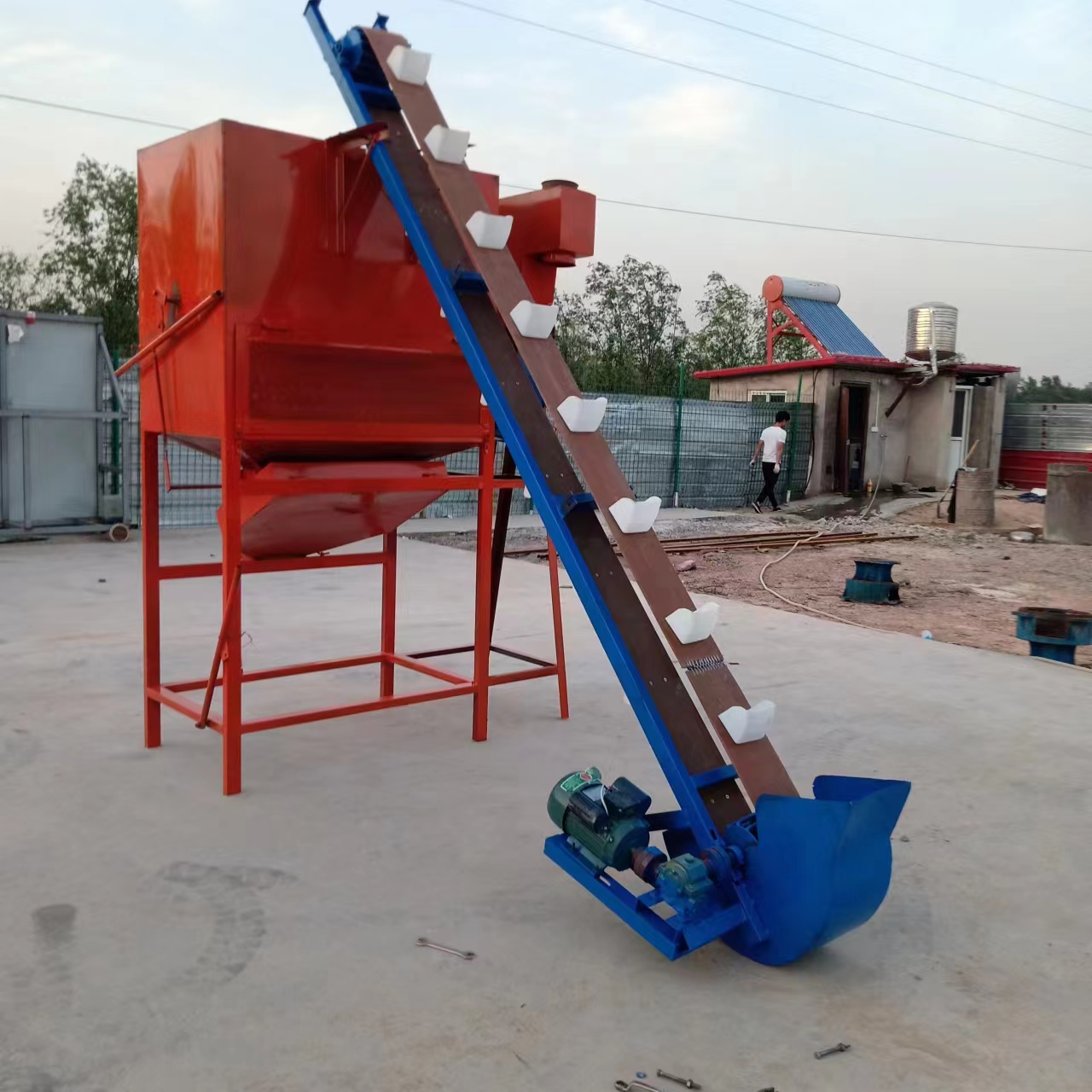Efficient Design and Operation of Poultry Scalding Tanks for Optimal Processing
Nov . 09, 2024 12:27 Back to list
Efficient Design and Operation of Poultry Scalding Tanks for Optimal Processing
The Importance of Poultry Scalding Tanks in Poultry Processing
In the poultry processing industry, efficiency and sanitation are paramount. One of the essential components of this industry is the scalding tank, which plays a crucial role in the plucking process of chickens, ducks, and other poultry. Understanding the significance of scalding tanks, their operation, and their impact on poultry processing can shed light on their indispensable role in ensuring high-quality poultry products.
What is a Scalding Tank?
A scalding tank is a large tank filled with hot water designed for the rapid scalding of poultry carcasses post-slaughter. The primary purpose of this tank is to loosen feathers, making it easier to remove them during the plucking phase. Scalding involves immersing the birds in hot water, typically ranging between 130°F to 160°F (54°C to 71°C), for a specific duration, depending on the type of poultry and its age.
The Process of Scalding
The scalding process begins immediately after slaughter. Once the birds have been bled and eviscerated, they are transferred to the scalding tank. The primary action of the hot water is to denature the proteins in the skin and feathers, causing them to loosen. The ideal temperature and immersion time are critical; too hot or too long can damage the skin or make the meat tough. Conversely, too cool or too short can result in incomplete feather removal, leading to lower product quality.
Types of Scalding Tanks
Scalding tanks can be categorized into two main types batch scalders and continuous scalders
.1. Batch Scalders These are traditional tanks where batches of poultry are scalded at once. Birds are loaded into the tank, scalded for the required time, and then removed for plucking. This method is often used in smaller processing plants.
2. Continuous Scalders In larger operations, continuous scalding systems are employed. These systems allow birds to move through the tank on a conveyor, where they are scalded in a continuous flow. This method is more efficient, enabling higher throughput and reducing labor costs, which is essential in modern poultry processing.
poultry scalding tank

Benefits of Scalding Tanks
The benefits of using scalding tanks in poultry processing extend beyond just easing feather removal. Proper scalding greatly enhances product quality by ensuring the meat remains tender and juicy. Additionally, effective scalding helps to minimize microbial contamination by removing surface bacteria that can be present on the feathers and skin.
Moreover, a well-designed scalding tank facilitates better workflow in processing plants. By quickly loosening feathers, it allows the subsequent plucking process to be carried out rapidly and efficiently. This efficiency not only reduces processing time but also is vital in maintaining the freshness of poultry products.
Hygiene and Maintenance
Maintaining hygiene in scalding tanks is crucial to prevent contamination of poultry products. Regular cleaning and sanitation routines are necessary to remove biofilm buildup and organic matter that can harbor pathogens. The water in the tank must be monitored and treated to prevent bacterial growth. Some processing facilities use chlorine or other sanitizers to ensure the water remains clean throughout the working hours.
Technological Advances
With ongoing advancements in technology, modern scalding tanks are becoming increasingly sophisticated. Innovations such as automatic temperature control systems, recirculating water systems, and integrated monitoring systems help maintain optimal scalding conditions while ensuring energy efficiency. These developments not only bolster food safety but also enhance productivity in poultry processing.
Conclusion
In conclusion, scalding tanks are a critical component in the poultry processing industry. They serve essential functions ranging from facilitating feather removal to contributing to product quality and safety. As the demand for poultry products continues to grow, the importance of efficient and sanitary processing methods will only increase. Consequently, the role of scalding tanks, equipped with the latest technological advancements, will remain at the forefront of modern poultry processing, ensuring that consumers receive high-quality, safe, and delicious poultry products.
-
Hot Sale 24 & 18 Door Rabbit Cages - Premium Breeding Solutions
NewsJul.25,2025
-
Automatic Feeding Line System Pan Feeder Nipple Drinker - Anping County Yize Metal Products Co., Ltd.
NewsJul.21,2025
-
Automatic Feeding Line System Pan Feeder Nipple Drinker - Anping County Yize Metal Products Co., Ltd.
NewsJul.21,2025
-
Automatic Feeding Line System - Anping Yize | Precision & Nipple
NewsJul.21,2025
-
Automatic Feeding Line System - Anping Yize | Precision & Nipple
NewsJul.21,2025
-
Automatic Feeding Line System-Anping County Yize Metal Products Co., Ltd.|Efficient Feed Distribution&Customized Animal Farming Solutions
NewsJul.21,2025






